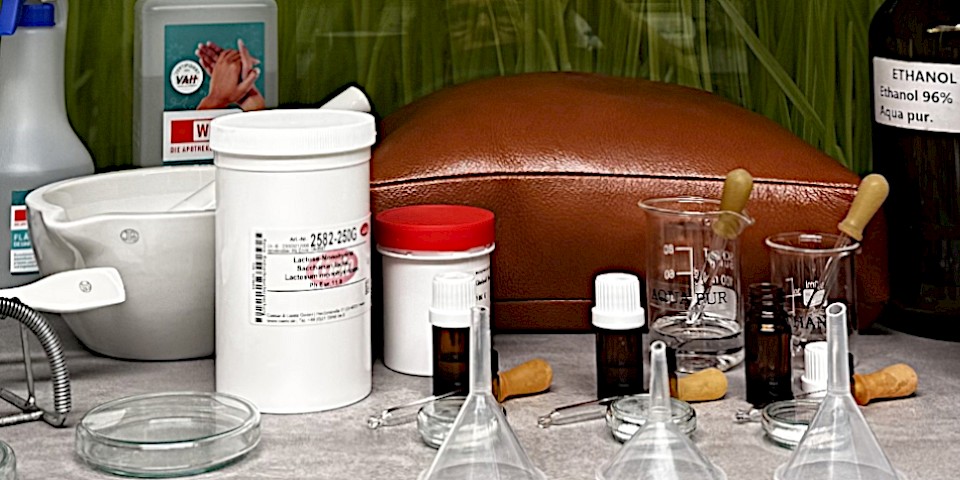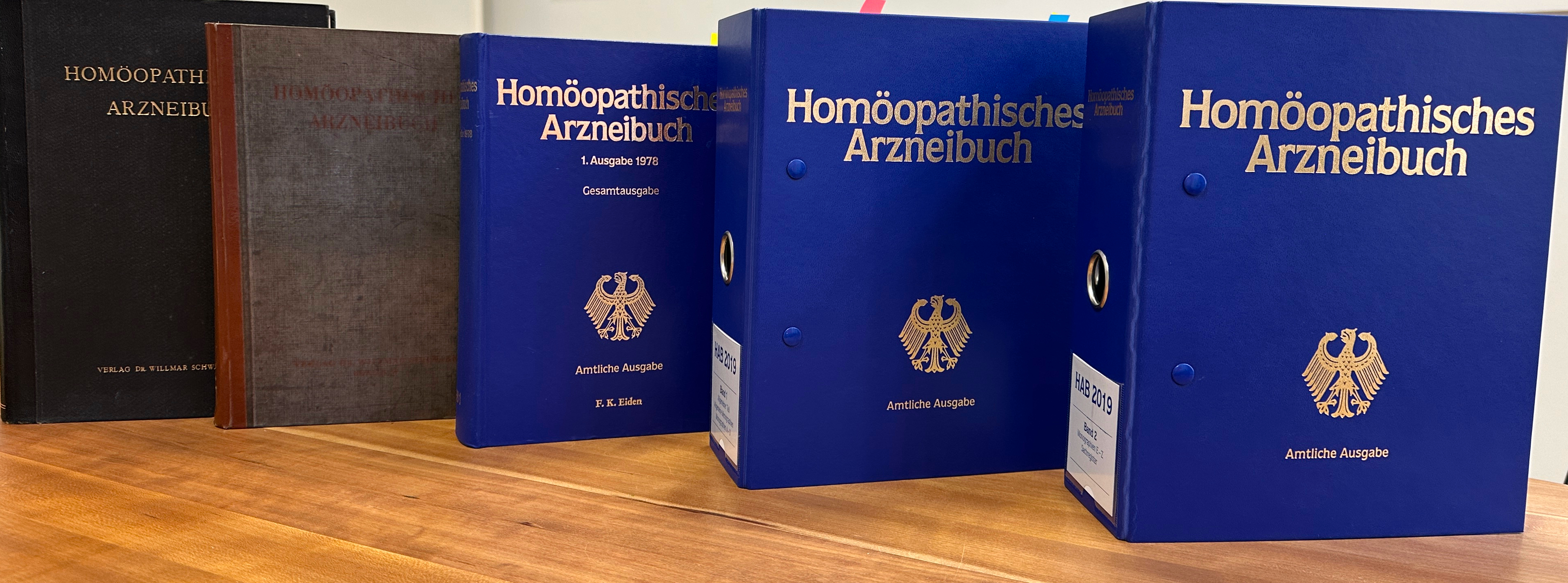The Drug Monograph
The monograph[1] is generally defined as a comprehensive, complete treatise on a single subject, a single work or a specific problem.
The drug monograph is divided into several sections according to the requirements of the pharmacopoeia
- Definition of the active ingredient and precise description of the manufacturing process
- Requirements for: Properties, identity, purity and content, and
- Analytics: a collection of methods for determining these variables
General guidelines for the preparation of drug monographs follow a fixed scheme (Robert & Zündorf, 2019) :
1. Name of the drug
2. Qualitative and quantitative composition
3. Dosage form
4. Clinical information
4.1 Areas of application
4.2 Dosage and method of application
4.3 Contraindications
4.4 Special warnings and precautions for use
4.5 Interactions with other drugs and other interactions
4.6 Fertility, pregnancy and breastfeeding
4.7 Effects on the ability to drive and use machines
4.8 Side effects
4.9 Overdosing
5. Description of the pharmacological properties
5.1 Pharmacodynamic properties
5.2 Pharmacokinetic properties
5.3 Preclinical safety data
6. Pharmaceutical information
7. Date of creation and last
Every pharmaceutically used substance must fulfil the requirements of the pharmacopoeia monograph. For homeopathic remedies, these are laid down in homeopathic pharmacopoeias, e.g. in the German Homeopathic Pharmacopoeia - GHP. (see there)


